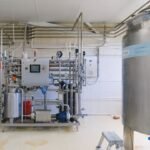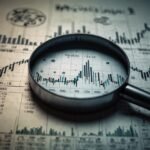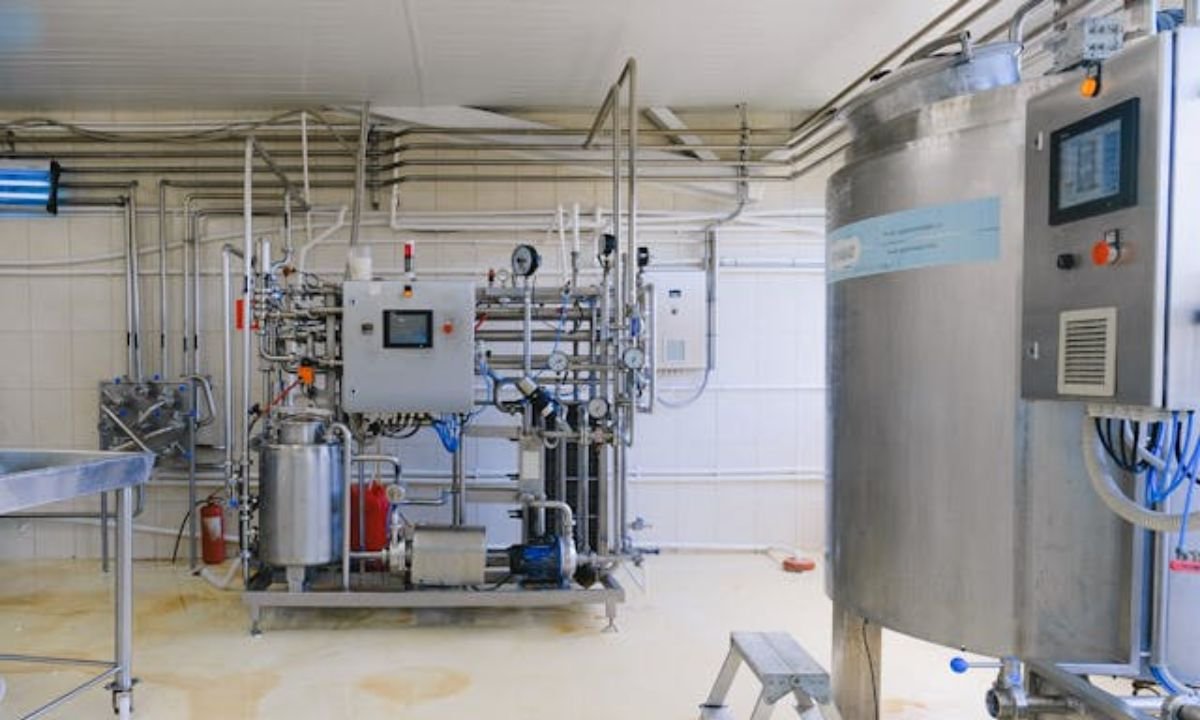Field data collection is essential for understanding what’s working – and what isn’t – in so many scenarios. But gathering accurate data in remote areas comes with real challenges: limited internet, constrained budgets, and teams with varying tech skills. In this guide, we’ll walk through how to collect data in the field using the right tools, smart planning, and emerging technologies.
Essential Tools for Field Data Collection
Whether monitoring health outcomes or evaluating education programs, the right tools can make all the difference. Key field-friendly options include:
- Mobile apps for surveys, data entry, and reporting
- Smartphones and tablets for portable, on-the-go use
- GPS-enabled devices for capturing location-specific information
- Offline data collection tools that sync once internet becomes available
- Data kits combining devices, forms, and sensors
These tools help streamline collection and improve accuracy, even in low-resource environments.
Tips for Effective Data Collection in the Field
Field conditions are unpredictable, but your data collection process doesn’t have to be. Here’s how to collect data effectively in challenging environments:
- Plan Ahead
Clarify what data you need, how it will be used, and which methods are best suited to your goals and setting. - Prioritize Mobile Compatibility
Select tools that work on mobile devices and offer offline capabilities. This ensures continuity even in areas with little or no connectivity. - Train Field Staff
Ensure your team understands how to use the tools and why data quality matters. Even basic digital literacy training can go a long way. - Pilot First
Run small-scale tests to identify issues early. This can prevent costly mistakes during large deployments. - Check for Quality
Include built-in checks or manual reviews to catch inconsistencies or incomplete entries. Data validation safeguards accuracy. - Provide Real-Time Support
Field teams need backup when things go wrong. Make sure someone is available to troubleshoot remotely. - Secure the Data
Encrypt sensitive information and use password protection to stay compliant with data privacy laws and protect respondents.
Emerging Technologies in Field Data Collection
Technology is moving fast, and fieldwork is benefiting. Here are some cutting-edge tools shaping the future of how we collect data:
- Drones for capturing aerial imagery and geographic data
- Remote sensing tools like satellites for environmental monitoring
- AI-powered platforms that analyse data and flag trends in real time
- Blockchain to verify data sources and track information securely
- IoT (Internet of Things) devices for ongoing health and environment monitoring
While not always practical in every setting, these innovations are becoming more accessible and impactful.
Best Practices for Data Management in the Field
Collecting good data is only the beginning. Managing it well ensures you can use it effectively:
- Store data securely with encrypted devices or cloud-based systems
- Back up data regularly to prevent loss
- Use real-time syncing when possible to reduce delays
- Organise data using consistent naming and formatting conventions
- Comply with local and international data protection regulations
A strong data management strategy supports better analysis, clearer reporting, and stronger program decisions.
Learning how to collect data in the field effectively is about more than just tools – it’s about strategy, support, and smart choices. With thoughtful planning, user-friendly tech, and good training, even the most remote programs can collect high-quality, actionable data. The result? Better insights, stronger accountability, and greater impact.
YOU MAY ALSO LIKE: AMA77K: Unifying Data, Unleashing AI Insights










